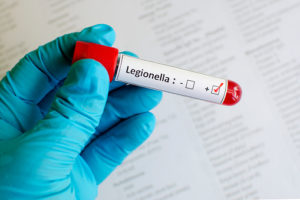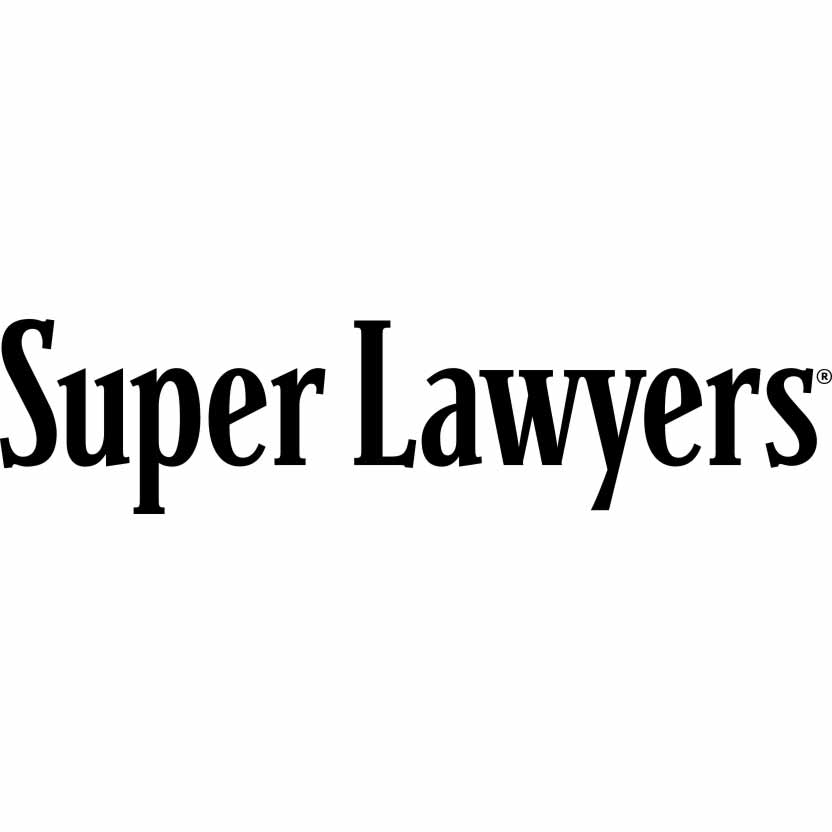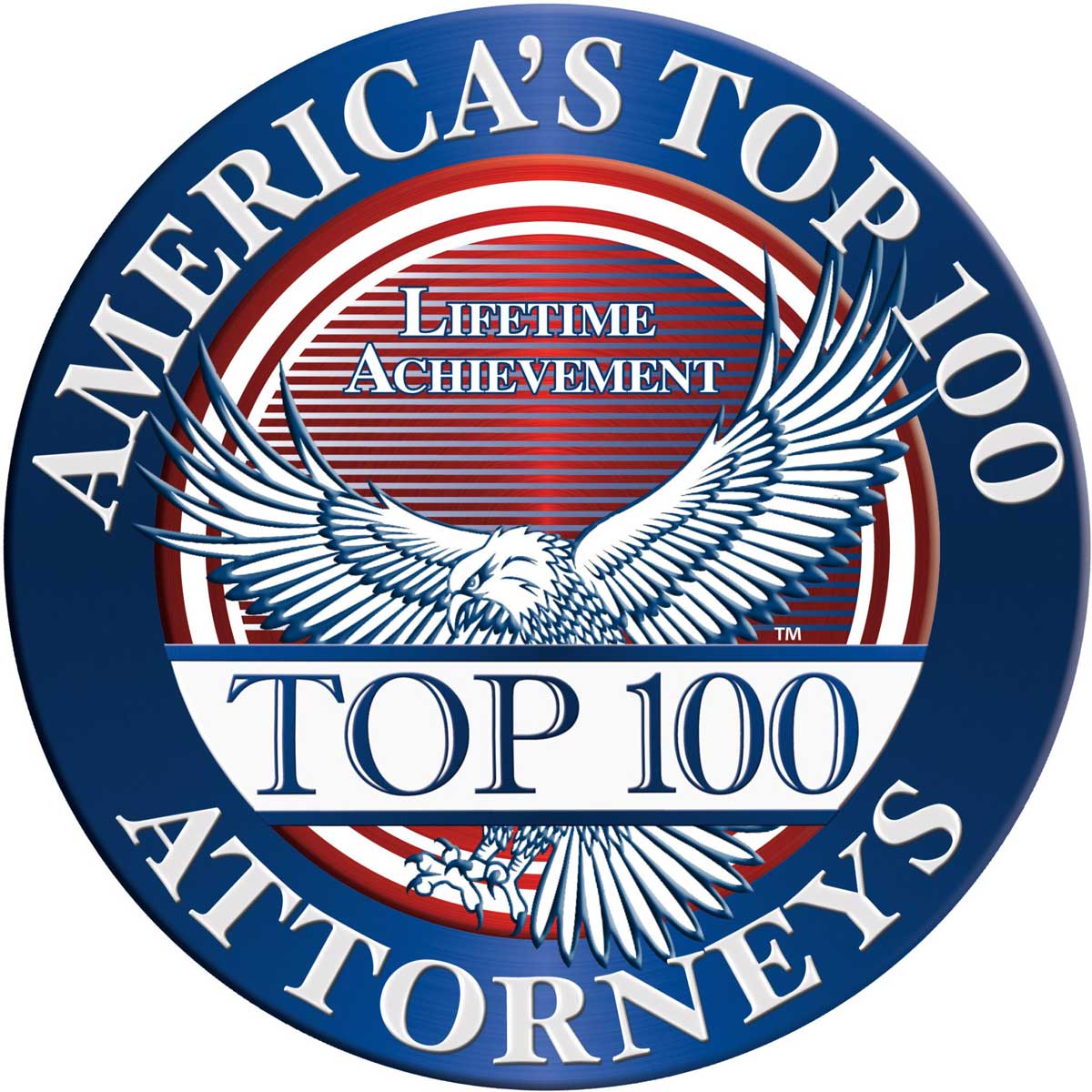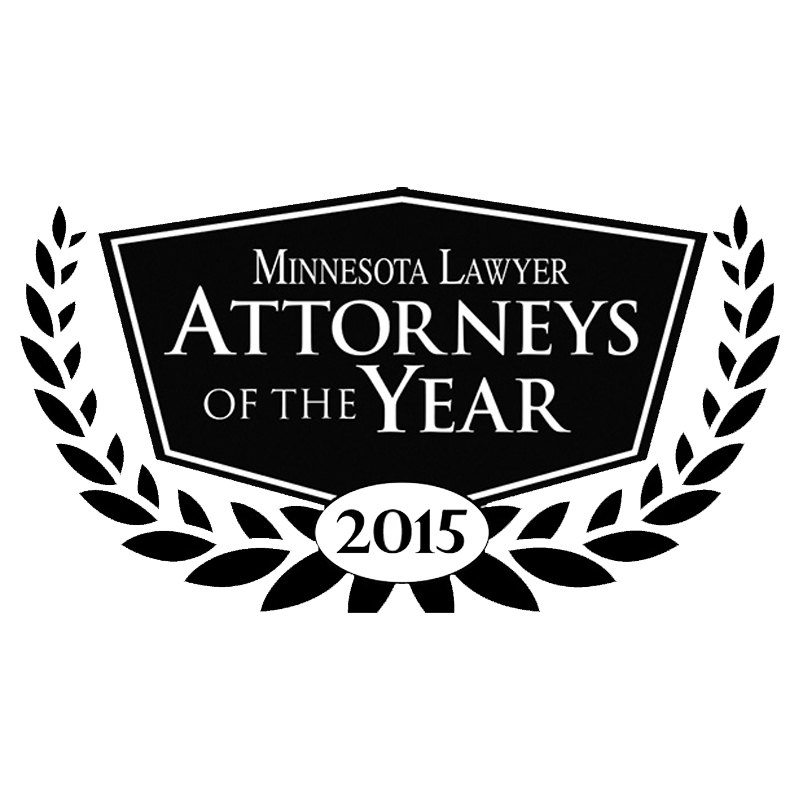We’re nationally recognized attorneys representing people who were sickened or killed in Legionnaires’ disease outbreaks. We’ve collected millions of dollars for our clients in cases throughout the United States against hotels, casinos, resorts, hospitals, office buildings, housing developments and health care facilities that caused Legionnaires’ outbreaks. You can contact our Legionnaires’ attorneys today at 1-888-377-8900 or online.
Legionnaires’ disease is a severe form of pneumonia caused by inhaling water droplets contaminated with Legionella bacteria. Outbreaks often happen when building water systems (like cooling towers, hot tubs, or plumbing) are not properly maintained, allowing Legionella to grow and spread. Pritzker Hageman, a national law firm with extensive experience handling Legionnaires’ disease lawsuits, has successfully represented outbreak victims nationwide and recovered millions of dollars for people harmed in Legionnaires’ disease outbreaks across the country. Our Legionnaires’ disease lawyers are nationally recognized for their experience in this complex area, and we bring a proven five-step approach to investigating and proving your Legionnaires’ disease case.
If you or a loved one was sickened (or a loved one was tragically lost) in a Legionnaires’ disease outbreak, you should know how we build the evidence to hold the responsible parties accountable.
Do you need a Legionnaires’ Disease Lawyer?
Here are five steps our legal team follows to prove a Legionnaires’ disease case:
Step 1: Confirming Legionnaires’ Disease Symptoms and Pneumonia
The first step is confirming that you exhibited the characteristic symptoms of Legionnaires’ disease, including evidence of pneumonia. Legionnaires’ disease typically causes symptoms very similar to other pneumonias – common signs include cough, fever, muscle aches, shortness of breath, headaches, and chills. In fact, Legionnaires’ often begins with high fever (sometimes 104°F or higher) and muscle pain, and by the second or third day patients develop a cough and difficulty breathing. A chest X-ray or other imaging will usually confirm that you had pneumonia in your lungs. These clinical findings are important because they demonstrate that your illness was consistent with Legionnaires’ disease. Establishing the medical diagnosis of Legionnaires’ disease is a critical foundation for your legal case – if you didn’t have the symptoms and lung infection that define the disease, it would be impossible to link your illness to a Legionella exposure.
Our legal team will review your medical records to verify that you had pneumonia and other Legionnaires’ disease symptoms. We may speak with your doctors or an expert physician to ensure your presentation fits the profile of Legionnaires’ disease. Having documented proof of Legionnaires’ disease symptoms and pneumonia not only confirms you were seriously ill, but also helps distinguish your case from other respiratory illnesses. This step sets the stage for proving that Legionella bacteria caused your illness in the next steps.
Step 2 – Laboratory Confirmation of Legionella Bacteria in Your Body

After confirming you had a pneumonia consistent with Legionnaires’ disease, the next step is to prove that the Legionella bacteria was present in your body. In other words, we need laboratory evidence that the Legionella organism actually infected you. There are several types of tests that doctors use to diagnose Legionnaires’ disease; at least one of these tests must be positive to confirm that Legionella was the cause of your pneumonia. Our attorneys will obtain your lab reports and work with medical experts to interpret them. Key diagnostic tests include:
- Culture Test (Respiratory Sample): This is considered a gold-standard diagnostic method. A sample of fluid from your lungs (for example, sputum or a bronchoscopy-obtained specimen) is cultured in a lab to see if Legionella bacteria grow. This often involves a procedure called bronchoscopy – a thin scope is passed into the lungs to collect fluid or tissue. If Legionella pneumophila (or another Legionella species) is successfully isolated from your respiratory secretions, it definitively confirms Legionnaires’ disease. Culturing the bacteria also allows public health labs to perform genetic typing of the strain, which can later be compared to environmental samples from the suspected outbreak source. However, culture testing can be slow (taking several days) and requires getting an adequate sample, which is not always possible if you were already very ill or on antibiotics.
- Urine Antigen Test: The most common quick test for Legionnaires’ disease is a urine antigen test. It detects pieces of Legionella bacteria (specifically, a cell component called antigens from Legionella pneumophila serogroup 1, which causes 70-90% of disease in humans) that are shed in your urine. This test can provide results rapidly and is less invasive – just a urine sample. A positive Legionella urine antigen test is considered official confirmation of Legionnaires’ disease. One advantage of the urine antigen is that it can remain positive for some time even after treatment has started. In fact, Legionella urinary antigen can often still be detected days to weeks after you’ve begun recovery, which means if you weren’t tested while acutely ill, it may still be possible to get a positive result later. (Our legal team will make sure any delayed diagnosis via urine test is still documented as part of your case.) The main limitation of the urine test is that it primarily detects the most common strain of Legionella (serogroup 1); it might miss other strains, which is why a culture or molecular test is also important.
- Blood Antibody Tests (Serology): Another way to show Legionella infection is by detecting antibodies in your blood that your immune system produced against the bacteria. Doctors can take blood samples during the illness and a few weeks later to see if there is a significant rise in Legionella antibody levels, which would indicate a recent infection. However, antibody tests are considered less reliable and are used infrequently. Many health experts do not consider serology definitive for Legionnaires’ because it can be non-specific. For instance, other bacteria can sometimes cause cross-reacting antibodies, and a single test can’t distinguish a current infection from a past exposure. That said, two tests can be taken some time apart (the first called an “acute test” and the second called a “convalescent test”) and if your antibody titer (level) increased four-fold between an acute and convalescent sample, it would be supportive evidence that you had Legionnaires’ disease. Our attorneys will note any positive antibody findings, but we prefer to focus more on the direct tests like culture, PCR or urine antigen which are generally given greater weight in court.
- Molecular PCR Test: Modern labs use PCR (polymerase chain reaction) or other nucleic acid amplification tests to directly detect Legionella DNA in a patient’s respiratory sample. A PCR test can rapidly confirm the presence of Legionella genetic material. The Centers for Disease Control and Prevention (CDC) recommends molecular testing (like PCR) of sputum or lung fluid alongside the urine antigen test for the best chance of diagnosis. A positive PCR result means Legionella DNA was found in your body, reinforcing the diagnosis of Legionnaires’ disease. Like culture, PCR can identify Legionella species and can be used to compare with DNA from environmental samples to pinpoint the outbreak source, which can be extremely useful in an investigation. Our legal team will ensure that if a PCR was done, those results are obtained and understood in the context of your case.
In summary, Step 2 is about scientifically verifying that Legionella was the culprit behind your illness. For a successful Legionnaires’ disease lawsuit, we must present solid medical evidence of infection. We work closely with medical experts to review all test results. Even if initially only a quick urine test was done at the hospital, we may encourage further testing (for example, asking health officials to culture stored specimens) to strengthen proof. By confirming the presence of Legionella through accepted laboratory methods, we build an indisputable link between your illness and the bacteria, which is a crucial element in proving who is liable for your exposure.
Step 3 – Connecting Your Illness to a Specific Legionella Source Exposure
Legionnaires’ disease is not contagious person-to-person; people get sick by inhaling contaminated water droplets from an environmental source. Therefore, to prove your case, we must show where and when you were exposed to aerosolized Legionella bacteria – and that this exposure was the likely source of your infection. Step 3 involves confirming that you were in the same place and at the same time as a known Legionnaires’ disease source, such as the water system identified in an outbreak.
Our legal team will thoroughly investigate your activities and potential exposure points in the days before you got sick. We focus on the window of time when Legionnaires’ disease exposure typically occurs. The incubation period (time from exposure to symptoms) for Legionnaires’ disease is usually 2 to 10 days, though in rare cases it can be as long as 16 days. This means if you developed symptoms on, say, August 15, we look at where you were roughly between August 5 and August 15 (about 2–10 days prior) to find a potential source. Were you staying at a particular hotel, visiting a gym or spa, working in a certain office building, or near a construction site with water mist? We will pinpoint any location fitting that timeframe where Legionella exposure was possible.
Just as important, we need to match your whereabouts with the identified outbreak source. In a Legionnaires’ outbreak, public health investigators usually trace the source to a specific water system. These systems are often things like a hotel hot tub, swimming pool, decorative fountain, cooling tower (large HVAC systems), hospital water supply, or other devices that generate aerosolized water. For example, if the health department finds that a particular hotel’s hot tub was the source of an outbreak, we must confirm that you were present at that hotel and in proximity to that hot tub during the risk period. This can be shown through hotel records, witness statements, receipts, or your own testimony. Similarly, if an office building’s cooling tower is the suspected source, we would show that you were in or around that building (working there, living nearby, etc.) in the days before you got sick.
Timing is crucial. We will line up the dates of your exposure and onset of illness to demonstrate it fits the known incubation profile. If you visited the suspected source location and then fell ill within the typical 2- to 10-day window, it strongly supports that location as the source of your Legionnaires’ disease. Conversely, if the timing doesn’t align (for instance, you were there a month before illness, or only visited long after you got sick), then that source likely isn’t the cause of your illness. In our experience, getting this step right often involves constructing a detailed timeline of your movements and comparing it to the outbreak timeline. We may use tools like cell phone location data, credit card records, or work schedules to confirm you were at the right place at the right time.
To illustrate, consider a case where a whirlpool spa at a resort is identified as the Legionella source in an outbreak. If you were a guest at that resort and used (or stood near) the spa during your stay, and then 7 days later you came down with pneumonia, we can compellingly argue that the spa’s contaminated water caused your Legionnaires’ disease. We bolster this claim by showing that other people who used the same spa around the same dates also got sick (that’s Step 4). Simply put, Step 3 is about placing you in the hazard’s path and proving you had the opportunity to inhale the contaminated water droplets from the same source as other victims.
Our lawyers and investigators will gather all necessary proof of your exposure. We interview you in detail about places you visited. We check outbreak reports for known exposure sites (e.g. a specific hotel name, a specific building or neighborhood). If the outbreak source hasn’t been formally announced yet, we work with health authorities and our own experts to hypothesize likely sources based on where you and others were. Sometimes, the exposure can be something like a grocery store mist machine, a public fountain in a city plaza, or an industrial cooling tower several blocks from your location – Legionella can travel in airborne plumes. We leave no stone unturned in identifying and confirming how you came into contact with the bacteria. By the end of this step, we will have drawn a clear line connecting you and the Legionella source, which is vital for establishing causation in your Legionnaires’ disease lawsuit.
Step 4 – Establishing a Legionnaires’ Disease Outbreak (Multiple Cases from the Same Source)
While there are cases when we can tie a client’s Legionnaires’ disease to a particular source even when they are the only one sickened, one of the best tools we have is being able to demonstrate that your illness was part of a larger outbreak rather than an isolated incident. In practical terms, this means confirming that other people were sickened by the same source around the same time as you. We do this for two reasons: First, it strengthens the evidence that the identified source (from Step 3) was indeed contaminated with Legionella and caused disease. Second, health authorities and courts are much more likely to recognize a claim when there is a confirmed outbreak instead of a single sporadic case.
Unfortunately, many public health departments will not even launch an investigation for just one case of Legionnaires’ disease. However, when two or more people have Legionnaires’ disease and their illnesses are linked by time and place, it meets the definition of an outbreak (or “cluster”) and in most states that triggers investigation (due to lack of health department resources, a few states are now requiring three or even more cases before they will investigate). The CDC considers two or more cases of Legionnaires’ disease with exposure to the same location around the same time as an outbreak that merits a thorough public health inquiry. Our legal team will gather proof that your case was one of at least two (and often many more) cases associated with the suspected source.
How do we establish this? Typically, once we know the likely source (say, the HVAC cooling tower in a particular building), we collect public health records and perform our own research to identify other individuals who were diagnosed with Legionnaires’ after exposure to that same location. Often the health department will have already identified, for example, 5 cases in the same city neighborhood or 10 cases among guests of the same hotel. We will obtain the official outbreak report or epidemiological notifications that list the number of cases and the common source. If the outbreak is public knowledge, we might cite news releases or health department announcements confirming the cluster of Legionnaires’ cases.
By presenting evidence that you were part of multiple people that got sick from the same source we eliminate alternative explanations and coincidence. It would be exceedingly unlikely for, say, a dozen people to all develop Legionnaires’ disease in the same hotel in the same week from unrelated sources. It’s far more plausible (and legally convincing) that a single source at that hotel (like its water system) infected all of them, you included. Showing the outbreak context not only bolsters causation but also underscores negligence on the part of whoever managed that source (since an outbreak suggests a systemic lapse in safety).
Another aspect we document is the timeframe of the other cases relative to yours. Legionnaires’ outbreaks typically occur within a confined period (a few days or weeks) if linked to a one-time event, or they may be ongoing if a source remains contaminated. If your illness onset was, say, July 10 and we show several other people had onsets between July 5 and July 15 after visiting the same place, that clustering in time supports the outbreak argument. Moreover, establishing an outbreak can highlight the broader impact of the defendant’s negligence and show a pattern of harm.
In summary, Step 4 is about proving you were part of a definable Legionnaires’ disease outbreak, meaning at least one other person (often many others) got sick from the same source. We will use public health data, witness accounts, and expert epidemiological analysis to confirm this. By doing so, we reinforce the link between your illness and the source and show that it wasn’t an isolated fluke. This step can be pivotal: once an outbreak is confirmed, responsibility usually points back to a single source/location, which is exactly what we need to identify the legally liable party (or parties).
Step 5 – Official Confirmation by Health Authorities and Identification of You as an Outbreak Case
The final step in proving your Legionnaires’ disease case is tying everything together with the official findings of public health investigators. When an outbreak of Legionnaires’ disease occurs, state or local health departments will investigate, confirm the source of the Legionella, and keep records of all individuals who were affected. We work to obtain and use this official documentation to solidify your case. In Step 5, we confirm that public health authorities investigated the outbreak, identified the source, and specifically recognized you as one of the cases in that outbreak.
By law, every confirmed case of Legionnaires’ disease must be reported to public health officials. In all U.S. states, when a lab test comes back positive for Legionella (for example, a positive urine antigen or culture), the diagnosing doctor or laboratory is required to notify the county or state health department. This disease reporting system is what alerts health authorities that there might be an outbreak. If multiple reports come in around the same time and location, epidemiologists will begin an investigation. In your case, once we show you had a confirmed Legionnaires’ diagnosis (Step 2) and there were others (Step 4), we expect that an investigation was indeed triggered.
During a Legionnaires’ outbreak investigation, health officials aim to pinpoint the source of the bacteria and determine how the exposure happened. They typically inspect and test environmental samples from suspected sites (for instance, testing water from a hotel’s plumbing or a cooling tower for Legionella contamination). They also interview patients to compile a line list of everyone’s movements and common exposures. In the end, they produce a report or at least an internal summary with conclusions, such as: “Outbreak X was traced to the hot water system at Building Y; 12 people were confirmed as part of this outbreak, including Person A, Person B, etc.” We will acquire these findings (often through FOIA requests or cooperation with the health department) to use as powerful evidence in your case.
For example, suppose the state Department of Health investigated an outbreak and found that the cooling tower on the roof of XYZ Hotel had Legionella. The investigation might have linked cases by doing DNA fingerprinting on the Legionella strains: they could grow the bacteria from patients (including you) and from the cooling tower water, and then compare them in a lab. If the genetic subtyping shows that the Legionella in the tower is the same strain as in your body, it’s “the smoking gun” scientifically linking your illness to that source. We will absolutely highlight such evidence, as it leaves virtually no doubt about causation. Even if exact DNA matching wasn’t done or wasn’t possible, the health department’s confirmation that “yes, this location was the outbreak source and yes, you (among others) were exposed there and got sick” carries a lot of weight.
By confirming you were identified as part of the outbreak, we effectively use the government’s own findings to support your lawsuit. Juries and judges tend to trust documented public health investigations because they are neutral fact-finding efforts. We will often have the health investigators or epidemiologists testify (or provide affidavits) to explain how they linked the outbreak to the source and included you in the case count. This shows that it’s not just our law firm making claims, it’s also the experts tasked with controlling outbreaks that have officially validated the link between your illness and the defendant’s premises or equipment.
In summary, Step 5 ensures that the case is backed by authoritative confirmation. The health department records will typically show the outbreak timeline, the identified source of Legionella, and the list (or number) of people affected, which includes you. Having your name (or an anonymous identifier) listed as a case patient in the outbreak report is the final puzzle piece that solidifies all the earlier steps. It means that independent experts have essentially verified the core elements: you had Legionnaires’ disease, you were exposed at the outbreak source, and others were too, making it a confirmed outbreak.
With this five-step process completed, we will have built a compelling case that covers every critical element: diagnosis, causation, exposure, outbreak linkage, and official confirmation. Armed with this evidence, Pritzker Hageman’s attorneys can confidently pursue a Legionnaires’ disease lawsuit on your behalf, whether through a negotiated settlement or in court, to obtain the compensation you deserve.
Why Choose Pritzker Hageman for a Legionnaires’ Disease Case?
Proving a Legionnaires’ disease case is complex – it sits at the intersection of law, medicine, and environmental science. You need a legal team that not only understands personal injury and wrongful death law, but also the science of Legionella and the investigative process of public health agencies. Pritzker Hageman is one of the few law firms in the nation with a dedicated Legionnaires’ disease team. We have decades of experience with Legionnaires’ disease outbreaks and litigation, and our track record includes multiple multi-million-dollar recoveries for victims of Legionnaires’ disease. Our attorneys are well-versed in working with epidemiologists, microbiologists, and building engineering experts to trace how an outbreak happened and who is responsible.
When you hire Pritzker Hageman, you’re not just getting lawyers – you’re getting our team’s decades of experience. We know the strategies that negligent property owners or companies might use to dodge responsibility, and how to counter them with hard evidence. We understand the CDC and state health department protocols and can interpret their findings for a jury. We take pride in being on the cutting edge of Legionnaires’ disease litigation, and our involvement in high-profile outbreaks nationwide means we’ve likely seen a scenario similar to yours.
Beyond our experience, we also bring compassion and dedication to our clients. We know that if you’re contacting us, you or your family have been through a frightening, often traumatic ordeal. Legionnaires’ disease can have long-term health effects or even be deadly, and nearly always it was preventable – which means someone’s negligence turned your life upside down. We never lose sight of the human side of these cases. Our goal is to get you answers, justice, and financial compensation to help rebuild your life after this preventable tragedy.
If you were sickened or a loved one was killed as a result of Legionnaires’ disease, you owe it to yourself and your family to consult with the Legionnaires’ disease legal team at Pritzker Hageman. Call, email or text us today for a free consultation.
Contact Our Legionnaires’ Disease Legal Team for Help
If you or a loved one suffered from Legionnaires’ disease, you owe it to yourself to consult with an experienced Legionnaires’ disease lawyer about your legal rights. Pritzker Hageman offers free, no-obligation consultations. We will listen to your story, ask some questions about the illness and exposures, and give you an honest evaluation of your case. You will speak with knowledgeable attorneys who truly understand this disease and the litigation process around it.
Call us today at 1-888-377-8900, or reach out through our website’s contact form, to speak with a Pritzker Hageman Legionnaires’ disease attorney. We are ready to help you find out if you have a case and what steps you can take. Our legal team can travel to meet you – whether at your home or in the hospital – if that’s most convenient for you. We know that when you’re recovering from a severe illness or mourning a loved one, mobility can be difficult, so we will make the process as easy as possible for you.
Time is of the essence in these cases. Important evidence can be lost if an investigation isn’t started quickly. Don’t wait and worry – let us handle the complex work of proving where the Legionella came from and who should be held accountable. With our proven five-step approach and deep experience, Pritzker Hageman’s Legionnaires’ disease lawyers will work tirelessly to get justice and compensation for you and your family.
You didn’t deserve to get sick from Legionnaires’ disease. We’re here to help make it right. Contact us for your free consultation and let us put our experience to work for you.
We’re here to listen. Tell us what happened to you.
We have obtained 100+ separate verdicts and settlements greater than $1 million:
We obtained this result on behalf of three people sickened in a Legionnaires’ disease outbreak at a resort hotel.
We obtained this settlement on behalf of six people impacted by a Legionnaires’ disease outbreak linked to a hotel hot tub.
Our client contracted Legionnaires’ disease at a hotel and was hospitalized for eight weeks.
We obtained this settlement on behalf of the family of a woman who died after contracting Legionnaires’ Disease.
Our client contracted Legionnaires’ disease at a hotel and was hospitalized for over a month
We obtained this settlement for a woman sickened with Legionnaires’ disease after being exposed in a hotel hot tub.
We obtained this settlement for the family of a 52-year old man who died of Legionnaires’ disease linked to a hotel.
We recovered this settlement for the family of a 50-year old man who died of Legionnaires’ disease after being exposed to legionella bacteria at a hotel.
Collected on behalf of the family of a man who died as a result of Legionnaires’ Disease contracted while staying at a Wisconsin resort.
See more settlements & verdicts.
The Pritzker Hageman law firm and our attorneys have been recognized in:
U.S. News & World Report

Pritzker Hageman has been recognized as one of the best law firms for personal injury litigation by U.S. News & World Report every year the award has been given since 2012.
Super Lawyers®, Thomson Reuters

Attorneys at Pritzker Hageman have been awarded the peer selected Super Lawyers distinction every year since 2004.
America’s Top 100 Attorneys®

Lifetime Achievement selection to America’s Top 100 Attorneys®.
Three Time Attorneys of the Year

Pritzker Hageman lawyers have been named Attorneys Of The Year by Minnesota Lawyer three times.
Additional Information About Legionnaires’ Disease
- Legionnaires’ Disease Frequently Asked Questions (FAQs)
- Where Does Legionnaires’ Disease Come From?
- Legionnaires’ Disease: Symptoms and Diagnosis
- What to do if You Contract Legionnaires’ Disease
- Legionnaires’ Disease: Determining Liability
- Legionnaires’ Disease: Lawsuits and Compensation
- Legionnaires’ Disease: Wrongful Death Cases
- Finding a Legionnaires’ Disease Lawyer
- Filing a Legionnaires’ Disease Lawsuit
- The Importance of Water Management Plans